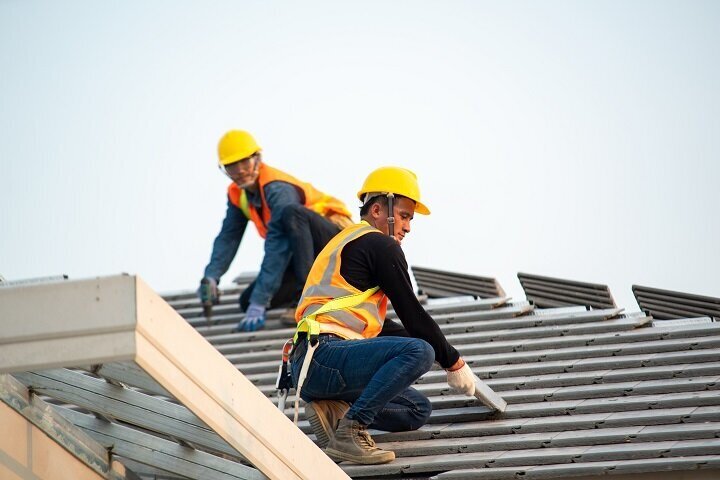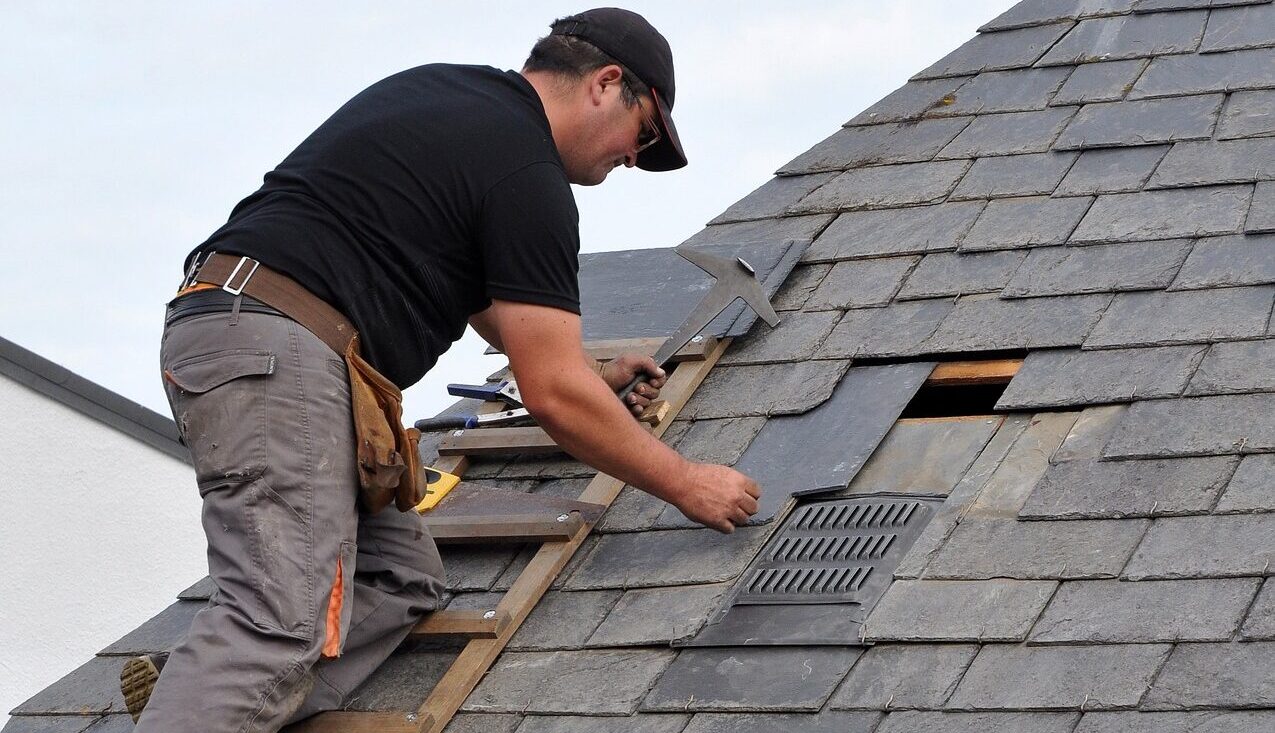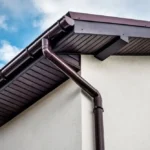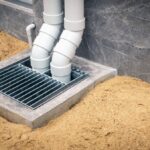Are you worried about the cracks in your roof shingles? It’s a common problem for homeowners and knowing how to seal cracks in roof shingles properly can save you time and money. Roof maintenance is crucial to prolong the life of your roof and to avoid potential leaks. Whether you are preparing your home for seasonal weather changes or simply maintaining it, learning how to seal roof cracks is an essential skill.

Understanding Roof Shingles
Roof shingles are a pivotal part of your homes roofing system. They act as a barrier against the elements, protecting your home from rain, snow, and harsh winds. Typically made of asphalt, wood, or metal, shingles can be prone to developing cracks over time due to weather conditions or improper installation.
Why Shingles Crack
Various factors contribute to shingle cracking, including age, weather, and installation quality. Natural wear and tear are inevitable but can be minimized through proper care. Exposure to extreme temperatures can cause shingles to expand and contract, leading to cracks.
Inspecting Your Roof for Damage
Before you rush to fix the shingles, inspect your roof thoroughly to assess the damage. Pay careful attention to areas around the chimney, vents, and where the roof slopes come together.
Signs of Roof Damage
Look for visible cracks, curling shingles, and areas where shingles are missing. Discoloration or moss may also indicate shingle damage. Regular roof inspection is vital for early detection of problems.
For detailed guidance on roof inspection, you can visit our article on roof inspection post-storm.
The Importance of Timely Repair
Sealing cracks in roof shingles promptly helps prevent leaks, which can lead to mold, structural damage, and other costly repairs. A well-maintained roof not only ensures safety but also adds to your home’s value.
Preventing Further Damage
Immediate attention to small issues prevents them from becoming significant problems. Regular maintenance and inspections are keys to preserving the roofs integrity.
How to Seal Cracks in Roof Shingles
Once you have assessed the situation, it’s time to get to work. You will need some basic tools and materials such as roofing cement, a putty knife, and a caulking gun.
Choosing the Right Materials
Using the right type of sealant is crucial. Roofing cement is commonly used for asphalt shingles, while metal shingles might require a different product. It’s crucial to read the manufacturer’s guidelines to ensure compatibility.
For guidance on selecting and applying sealant, refer to our article: applying roof sealant.
Step-by-step Sealing Process
1. Clean the Area: Clear away any debris or loose shingle material around the crack.
2. Apply Roofing Cement: Gently apply the roofing cement under the crack with a putty knife.
3. Seal the Crack: Press the shingles down to close the gap and seal over the top with more cement.
4. Secure the Shingle: Use roofing nails if necessary to hold the shingles in place until the adhesive dries.
Finishing Touches
Once finished, allow it to dry thoroughly before checking for leaks. Your newly sealed roof shingles should now be set to withstand the elements.
For best practices in roof maintenance, consider reading this article on cleaning shingles carefully.
Long-Term Maintenance Tips
To extend the life of your sealed roof, implement a consistent maintenance routine.
Regular Inspections
Conduct inspections semi-annually, especially after severe weather. Attending to minute details can save costly repairs later.
Discover more tips in our roof longevity guide.
Troubleshooting Common Problems
Even after sealing cracks, problems like leaking or further cracking may arise. It’s crucial to detect these problems promptly and address them.
When to Seek Professional Help
Not all roofing issues can be managed by DIY methods. If problems persist or worsen, it’s best to call for professional roofing services. Professionals bring expertise that ensures long-term solutions are put in place.
Conclusion
Learning how to seal cracks in roof shingles effectively can save you from more significant trouble down the road. It safeguards your home and increases its value. Remember to inspect regularly, choose the correct materials, and apply them properly. Your efforts will pay off in the form of a reliable, long-lasting roof.
For more insights into maintaining a durable roof, you can read about winterizing your roof.
For additional resources and expert tips on roof upkeep, consult the Family Handyman’s guide on poor maintenance habits.

FAQs
How often should I inspect my shingles for cracks?
It’s recommended to inspect your roof shingles twice a year, especially after extreme weather conditions.
What tools do I need to seal shingles?
The basic tools for sealing cracks are roofing cement, a putty knife, and a caulking gun.
When should I call a professional?
If the damage is extensive or you notice persistent leaks even after sealing, it may be time to contact a professional roofer.
This article contains affiliate links. We may earn a commission at no extra cost to you.







